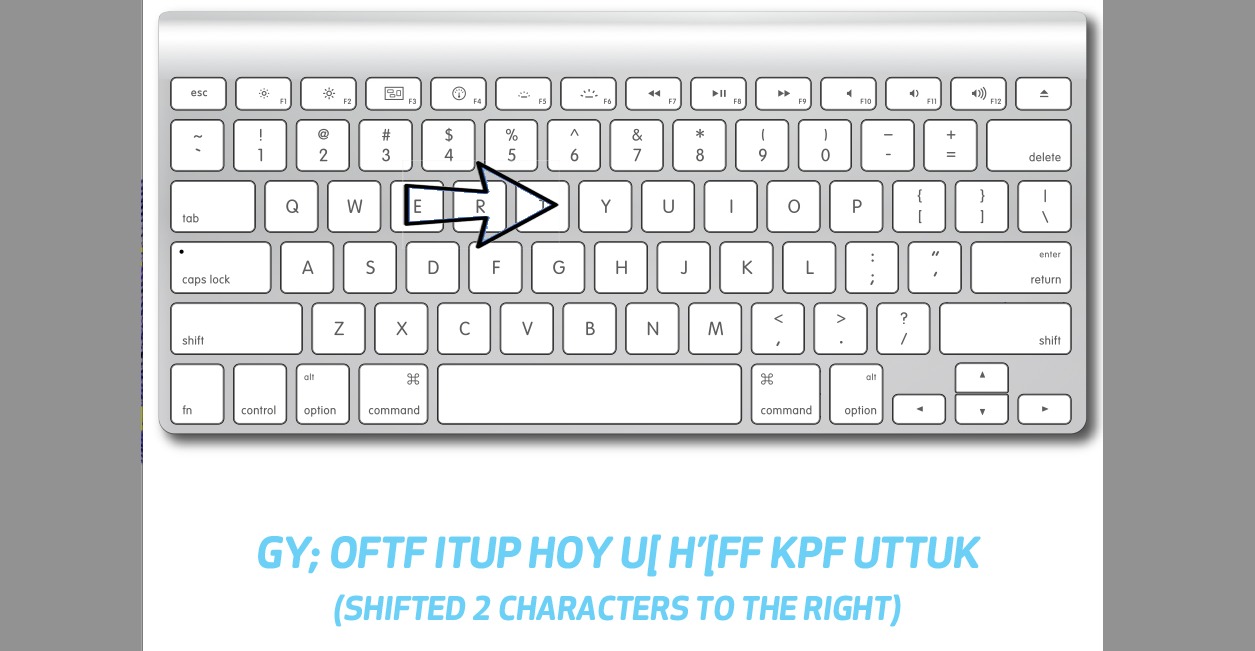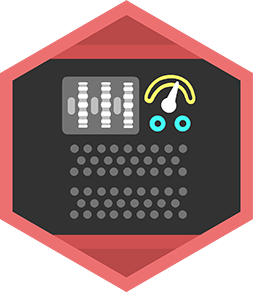Make a transposition cipher
Make a simple transposition cipher using paper and pencil, scramble messages by rearranging letters, and decode secret notes with friends.



Step-by-step guide to make a transposition cipher
Transposition Cipher Solved Example for Encryption & Decryption in Cryptography Vidya Mahesh Huddar
Step 1
Think of a short secret sentence and write it neatly on your paper using your pencil.
Step 2
Choose a secret key number between 2 and 6 and write "Key: [number]" at the top of the page.
Step 3
Use the ruler to draw a grid with that many columns and enough rows to fit your whole message.
Step 4
Write your message one letter per box going left to right across each row and skip spaces and punctuation.
Step 5
If the last row has empty boxes fill each empty box with the letter X so the grid is full.
Step 6
Make the scrambled message by reading each column top to bottom and writing those letters in order on a new line.
Step 7
Write the ciphertext clearly on a fresh paper and mark the same Key number at the top so your friend knows the key.
Step 8
Give the ciphertext and the Key number to a friend and challenge them to decode it.
Step 9
To decode, draw a new grid with the same number of columns as the key and the same number of rows as needed for the ciphertext.
Step 10
Fill each column top to bottom with the ciphertext letters in order until the grid is full.
Step 11
Read the letters left to right across the rows to reveal the original message and remove any Xs used for padding.
Step 12
Share your finished cipher and a short note about how you made it on DIY.org.
Final steps
You're almost there! Complete all the steps, bring your creation to life, post it, and conquer the challenge!


Help!?
What can we use instead of the ruler or pencil if we don't have them?
If you don't have a ruler or pencil, use the straight edge of a book or a piece of cardboard as your ruler and a pen or marker to write your secret sentence and 'Key: [number]' on the paper.
Why won't my friend be able to decode the message and how can I fix it?
If your friend can't decode it, check that you both used the same 'Key: [number]', that you drew the grid with the correct number of columns and rows (rows = ceiling(ciphertext length ÷ key)), and that you padded empty boxes with Xs before creating the scrambled message.
How can I adapt this activity for younger or older children?
For younger kids use a very short secret sentence, Key 2 or 3, and large boxes or letter stickers for each box, while older kids can use longer sentences and Keys 5–6 and time themselves to encode and decode multiple messages.
How can we make the cipher more creative or challenging after finishing the basic version?
To personalize or increase difficulty, color-code columns with markers before reading columns top-to-bottom, or perform a second transposition by writing the ciphertext into a new grid with a new Key and repeating the same steps.
Watch videos on how to make a transposition cipher
Cryptography: The Transposition Cipher
Facts about cryptography for kids
🔀 A transposition cipher doesn't change the letters — it just rearranges them, like shuffling a deck of letter-cards.
🧮 For 6 letters there are 720 possible orders (6!), so the number of rearrangements grows super fast as words get longer!
💻 Modern cryptography uses advanced math and computers, but paper-and-pencil ciphers are perfect for learning and secret notes with friends.
🏺 The scytale was an ancient Spartan tool: wrap a strip of parchment around a rod and the message reads only when wrapped the same way.
🕵️♀️ Columnar transposition has been used in real spycraft and wartime messages — cracking it often starts by guessing the number of columns.
How do you create a simple transposition cipher with paper and pencil?
What materials do I need to make a paper-and-pencil transposition cipher?
What ages is this transposition cipher activity suitable for?
What are the benefits and safe variations for this cipher activity?


One subscription, many ways to play and learn.
Only $6.99 after trial. No credit card required



